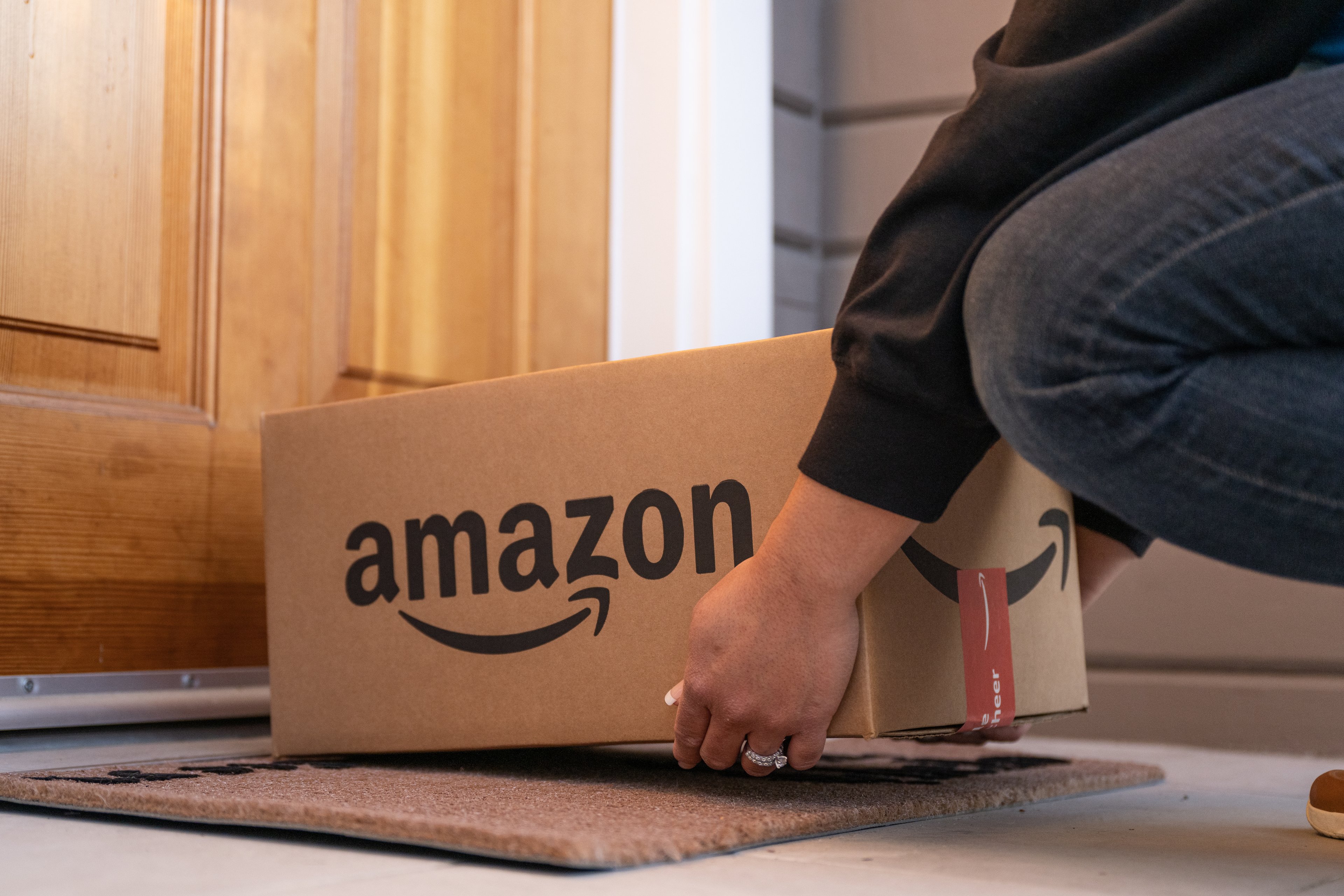The many possible uses for drones involve everything from monitoring nature to search-and-rescue scenarios. Amazon.com (AMZN +2.46%) really accelerated interest in the topic when CEO Jeff Bezos appeared on 60 Minutes recently to talk about his company's plans to use drones to deliver packages.
Michael Toscano, president of the nonprofit Association for Unmanned Vehicle Systems International, or AUVSI, spoke with Motley Fool analyst Rex Moore about Amazon's plans, as well as how soon they might reach fruition. In this video segment, Toscano talks about some of the steps along the way to making these potential applications a reality.
A full transcript follows the video.
Michael Toscano: The one question that came up is: What's the timeline? If I said to you, "Do you think 30 years from now we're going to have unmanned aircraft systems?" most people would say yes.
If you say you think we're going to have them in three to five years, there's going to be probably more people that are going to say no because there are so many things that we still have to do, like the regulatory side of the house, like the insurance side of the house; things of this nature -- even the public acceptance side of the house.
As far as the story goes, a couple of things. One is, Jeff [Bezos, of Amazon.com] was articulating literally an autonomous system that would just fly from point A to point B. I believe that, in the beginning, at the early stages as we go forward with this development, there is going to have to be a human in the loop, from a safety standpoint -- just as we have pilots in planes that could fly themselves, but you want to have that assurance from a safety factor.
In this particular case, if it's going to go non-line-of-sight ... this platform is going, he said, in 30 minutes 10 miles, because they're going to have all these distribution centers. If it's going to fly that distance, and it's not going to be line-of-sight, that's one aspect that we still have to deal with.
I believe the early fielding of this capability and technology will be daylight, non-line-of-sight. If you look at all the missions that you could do, just for that, there's a plethora of them -- whether it be precision agriculture, whether it be search-and-rescue, whether it be firefighting, whether it be monitoring of power lines, things of this nature, monitoring wildlife, involved with mother nature's disasters that might happen, whether it be a Katrina or a Fukushima.
There is the opportunity to utilize this technology where you still have that human in the loop, in a very safe manner. I think you're going to see those applications and, as we build up an assurance and a comfort factor that this technology brings tremendous capability, and have minimal, if not the least amount, of potential risk for things not to go as planned.
That's what I think is going to happen, and that will probably happen within the next, obviously, two to five years. A lot of this is also predicated on the FAA allowing it to fly in the national airspace.






